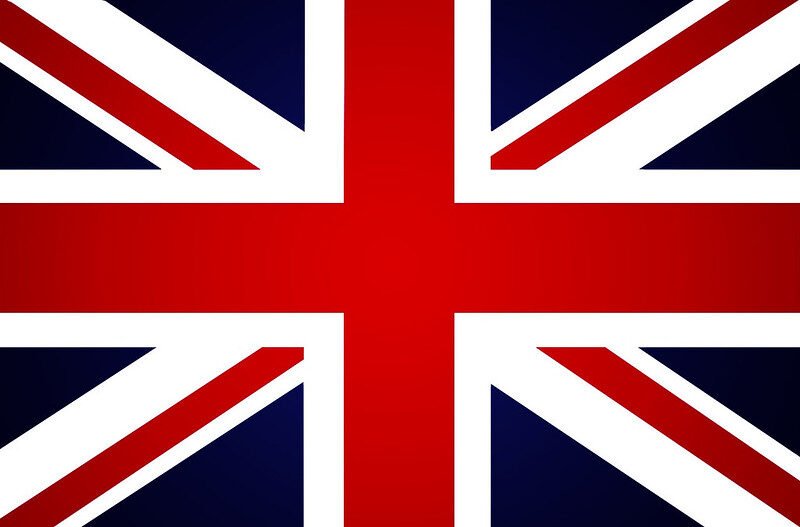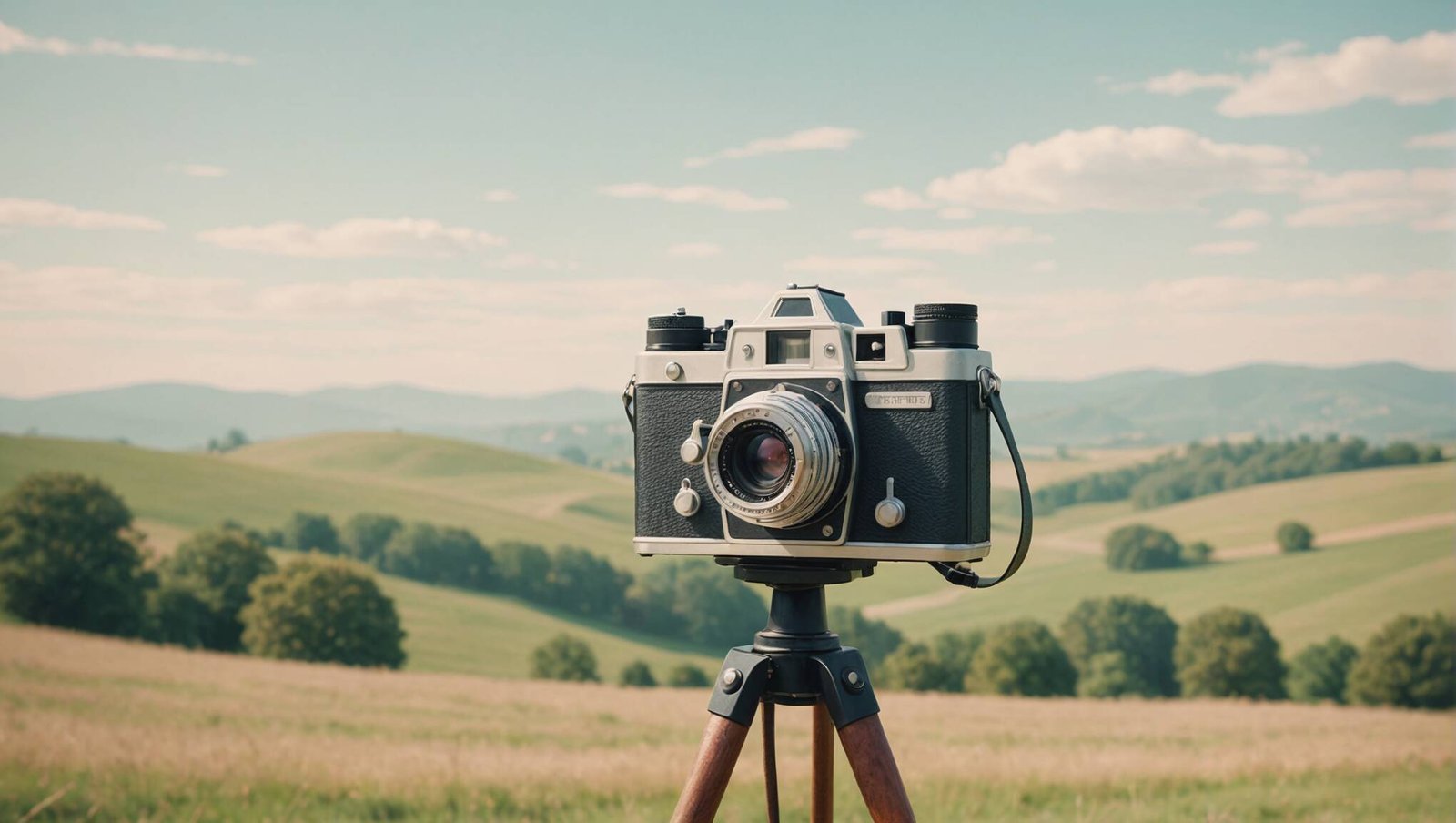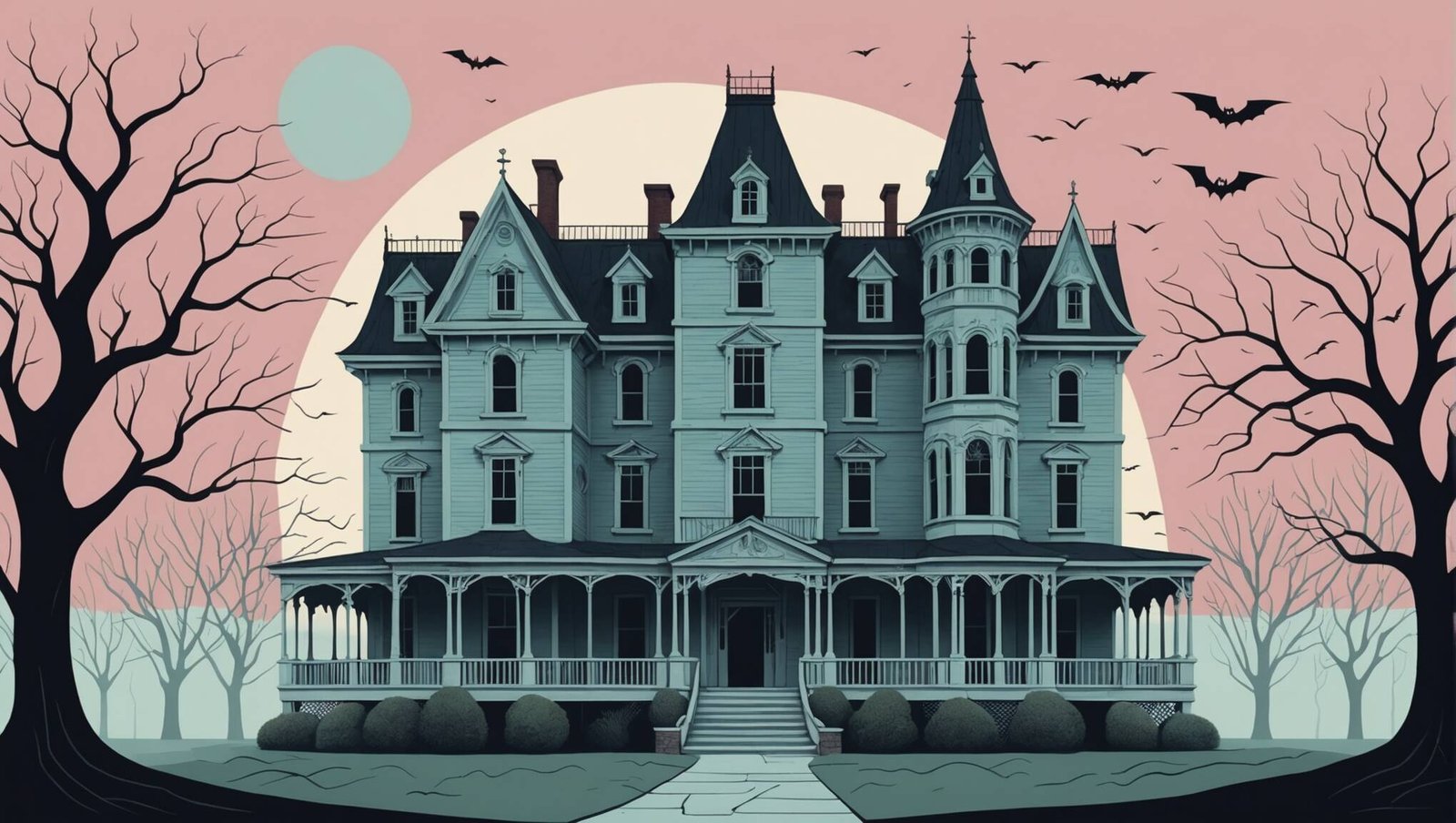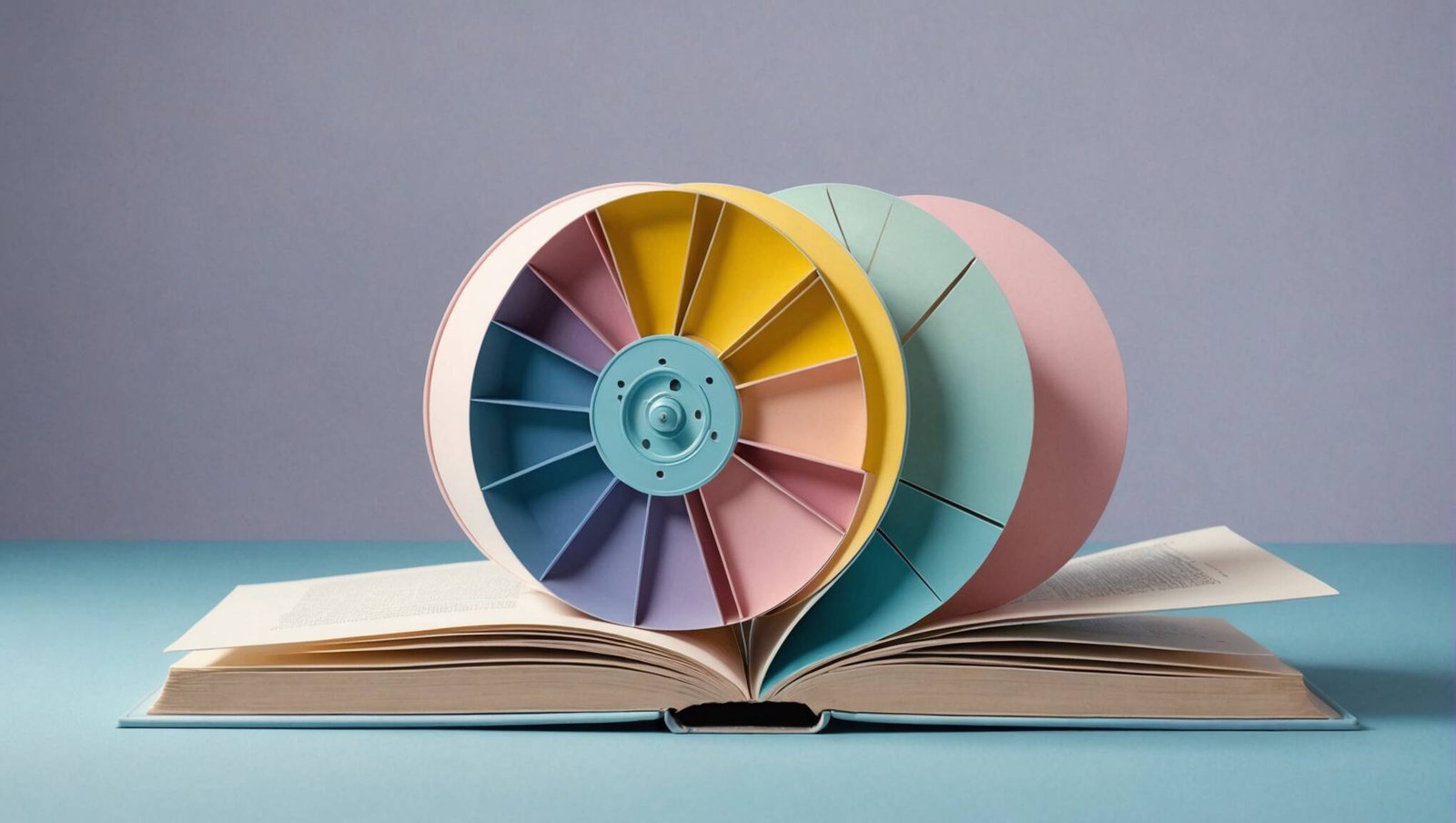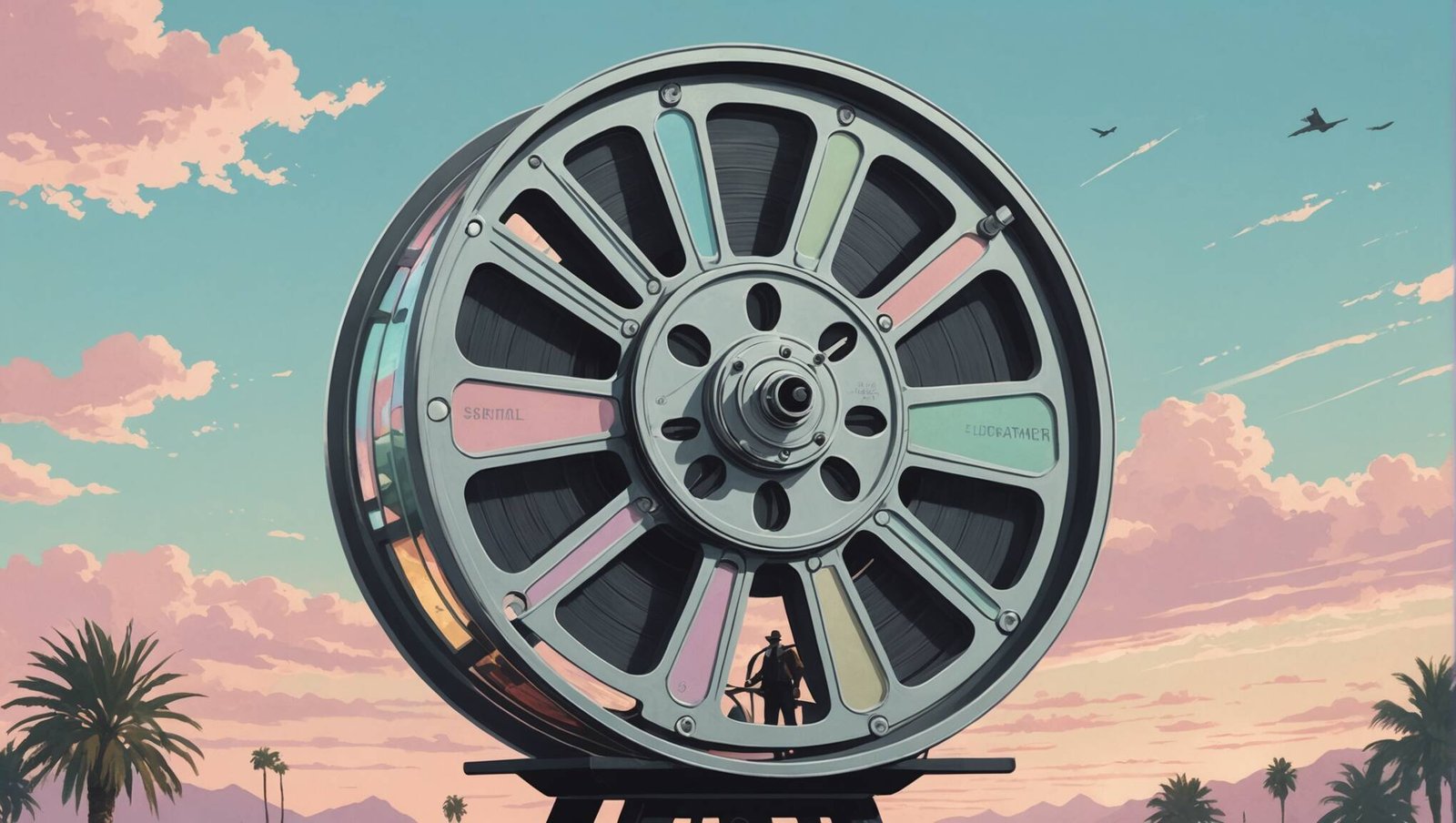Oscar’s Best Cinematography: Top 10 Winning Films
The Academy Award for Best Cinematography celebrates the visual artistry that brings stories to life on the silver screen. This prestigious accolade recognises the masterful use of lighting, composition, and camera movement that elevates films from mere entertainment to cinematic art. Let’s explore ten outstanding films that have earned this coveted Oscar, showcasing the pinnacle of visual storytelling and photographic excellence in cinema.
1. ”Blade Runner 2049” (2017) – Roger Deakins
After 13 previous nominations, Roger Deakins finally clinched the Oscar for his stunning work on ”Blade Runner 2049”. The film’s dystopian future is rendered in breathtaking detail, with Deakins crafting a world of neon-drenched cityscapes and desolate wastelands. His use of colour and light creates a palpable atmosphere that’s both beautiful and haunting, perfectly complementing the film’s themes of humanity and identity.
2. ”The Revenant” (2015) – Emmanuel Lubezki
Emmanuel Lubezki’s work on ”The Revenant” is a testament to the power of natural light. Shooting in remote locations and challenging conditions, Lubezki captured the raw beauty and brutality of the American wilderness. His long, unbroken takes immerse viewers in the protagonist’s gruelling journey, while the stark winter landscapes serve as a character in their own right.
3. ”Life of Pi” (2012) – Claudio Miranda
Claudio Miranda’s cinematography in ”Life of Pi” blends reality with fantasy, creating a visual feast that’s as magical as it is believable. The film’s oceanic scenes are particularly noteworthy, with Miranda skillfully balancing the beauty and danger of the sea. His work brings Yann Martel’s beloved novel to life with a vibrancy that captivates audiences and pushes the boundaries of what’s possible in cinema.
4. ”Inception” (2010) – Wally Pfister
Wally Pfister’s work on Christopher Nolan’s mind-bending thriller ”Inception” is a masterclass in visual complexity. The film’s layered dreamscapes required Pfister to create distinct visual styles for each level of consciousness, all while maintaining a cohesive look. His ability to seamlessly blend practical effects with CGI resulted in some of the most memorable images in modern cinema, including the iconic rotating hallway scene.
5. ”Pan’s Labyrinth” (2006) – Guillermo Navarro
Guillermo Navarro’s cinematography in ”Pan’s Labyrinth” brings Guillermo del Toro’s dark fairy tale to vivid life. Navarro masterfully contrasts the grim reality of post-Civil War Spain with the fantastical underworld, using colour and shadow to delineate these realms. His work enhances the film’s themes of innocence and brutality, creating a visual language that’s both enchanting and unsettling.
6. ”Road to Perdition” (2002) – Conrad L. Hall
Conrad L. Hall’s final film before his death, ”Road to Perdition”, is a visual masterpiece. His use of shadow and silhouette in this gangster drama creates a noir-inspired look that’s both stylish and emotionally resonant. Hall’s ability to convey mood through lighting and composition elevates the film’s themes of family, loyalty, and revenge.
7. ”Crouching Tiger, Hidden Dragon” (2000) – Peter Pau
Peter Pau’s work on ”Crouching Tiger, Hidden Dragon” beautifully marries the grace of martial arts with the lush landscapes of China. His camera work during the film’s action sequences is particularly noteworthy, capturing the fluidity and poetry of the combat. Pau’s cinematography brings a sense of magic to every frame, perfectly complementing Ang Lee’s visionary direction.
8. ”American Beauty” (1999) – Conrad L. Hall
Conrad L. Hall’s second entry on this list, ”American Beauty”, showcases his ability to find beauty in the mundane. His camera work in this suburban drama is subtle yet powerful, using colour and composition to reveal the characters’ inner lives. The iconic image of Mena Suvari covered in rose petals is just one example of Hall’s ability to create visually striking moments that resonate long after the film ends.
9. ”Schindler’s List” (1993) – Janusz Kamiński
Janusz Kamiński’s black-and-white cinematography in ”Schindler’s List” is a powerful tool in Steven Spielberg’s Holocaust drama. The stark, documentary-style visuals lend an immediacy and authenticity to the story, while moments of carefully chosen colour provide symbolic depth. Kamiński’s work ensures that the film’s harrowing subject matter is presented with both respect and artistic integrity.
10. ”Lawrence of Arabia” (1962) – Freddie Young
No list of cinematographic achievements would be complete without mentioning Freddie Young’s work on ”Lawrence of Arabia”. Shot in 70mm, the film’s sweeping desert vistas and epic battle scenes set a new standard for widescreen cinematography. Young’s ability to capture both the vastness of the landscape and the intimacy of character moments makes this film a perennial favourite among cinephiles and filmmakers alike.
These ten films represent the pinnacle of cinematic artistry, each showcasing the profound impact that masterful cinematography can have on storytelling. From the must-watch cinema top picks of recent years to timeless classics, these works continue to inspire and influence filmmakers and audiences alike. The Academy Award for Best Cinematography not only recognises technical skill but also celebrates the power of visual storytelling to transport, move, and captivate viewers.
As we look to the future of cinema, it’s clear that the art of cinematography will continue to evolve, embracing new technologies while honouring the timeless principles of composition, lighting, and visual narrative. Whether capturing the gritty realism of a historical drama or the fantastical realms of science fiction, cinematographers play a crucial role in shaping our cinematic experiences and creating the greatest hits of visual storytelling.
The films discussed here represent just a fraction of the incredible work recognised by the Academy over the years. Each winner of the Oscar for Best Cinematography contributes to a rich tapestry of visual innovation, pushing the boundaries of what’s possible on screen and inviting viewers to see the world through new eyes. As we continue to celebrate these achievements, we’re reminded of the power of cinema to not just entertain, but to truly transform our perception of the world around us.
FAQ
What is the importance of cinematography in filmmaking?
Cinematography is crucial in filmmaking as it shapes the visual narrative of a movie. It involves the art of camera placement, movement, lighting, and composition to create mood, atmosphere, and enhance storytelling. Good cinematography can elevate a film, making it more immersive and emotionally impactful for the audience.
How has digital technology impacted cinematography?
Digital technology has revolutionised cinematography by offering greater flexibility in shooting and post-production. It allows for higher resolution, better low-light performance, and more advanced colour grading. However, many cinematographers still value the unique qualities of film and often blend digital and analogue techniques to achieve their desired visual style.
Can cinematography make or break a film?
While a great story is fundamental, cinematography can indeed make or break a film. Exceptional cinematography can elevate an average script, creating a visually stunning experience that engages viewers. Conversely, poor cinematography can detract from even the best storylines, making the viewing experience less immersive and enjoyable.
